Stringent Safety Regulations
The Chemical Resistant Fabric Market is being propelled by stringent safety regulations imposed by various governmental bodies. These regulations mandate the use of protective clothing in industries where workers are exposed to hazardous chemicals. For instance, the Occupational Safety and Health Administration (OSHA) has established guidelines that require employers to provide appropriate protective gear, including chemical resistant fabrics, to their employees. This regulatory framework is expected to drive market growth, as companies strive to comply with safety standards. The increasing awareness of workplace safety and the potential for legal repercussions are likely to further encourage the adoption of chemical resistant fabrics across multiple sectors.
Expansion of the Industrial Sector
The expansion of the industrial sector is a key driver for the Chemical Resistant Fabric Market. As industries such as manufacturing, construction, and energy continue to grow, the demand for protective clothing made from chemical resistant fabrics is likely to increase. The manufacturing sector alone is projected to expand at a rate of 4.2% annually, which will subsequently boost the need for safety gear. This growth is attributed to the rising number of industrial projects and the increasing complexity of operations that require enhanced safety measures. Consequently, the market for chemical resistant fabrics is expected to flourish as companies prioritize the protection of their workforce.
Growing Awareness of Worker Safety
There is a growing awareness regarding worker safety, which is significantly impacting the Chemical Resistant Fabric Market. As industries become more cognizant of the risks associated with chemical exposure, the demand for protective clothing made from chemical resistant fabrics is on the rise. This trend is particularly evident in sectors such as construction, manufacturing, and healthcare, where employees are frequently exposed to hazardous substances. Market analysts suggest that this heightened awareness could lead to a market growth rate of approximately 5.5% in the coming years. Companies are increasingly investing in training and safety programs, further driving the need for high-quality chemical resistant fabrics.
Rising Demand from End-User Industries
The Chemical Resistant Fabric Market is experiencing a notable surge in demand from various end-user sectors, including chemical processing, pharmaceuticals, and oil and gas. These industries require specialized fabrics that can withstand harsh chemicals and extreme conditions. For instance, the chemical processing sector is projected to grow at a compound annual growth rate of approximately 5.2% over the next few years, driving the need for advanced chemical resistant fabrics. This trend indicates a robust market potential as companies seek to enhance worker safety and operational efficiency. Furthermore, the increasing focus on workplace safety regulations is likely to propel the adoption of chemical resistant fabrics, thereby expanding the market landscape.
Technological Innovations in Fabric Production
Technological advancements in the production of chemical resistant fabrics are significantly influencing the Chemical Resistant Fabric Market. Innovations such as nanotechnology and advanced weaving techniques are enhancing the durability and performance of these fabrics. For example, the introduction of breathable membranes and lightweight materials is making chemical resistant clothing more comfortable for users, which is crucial in sectors like healthcare and manufacturing. The market is expected to witness a growth rate of around 4.8% annually, driven by these innovations. As manufacturers continue to invest in research and development, the availability of high-performance fabrics is likely to increase, further stimulating market growth.


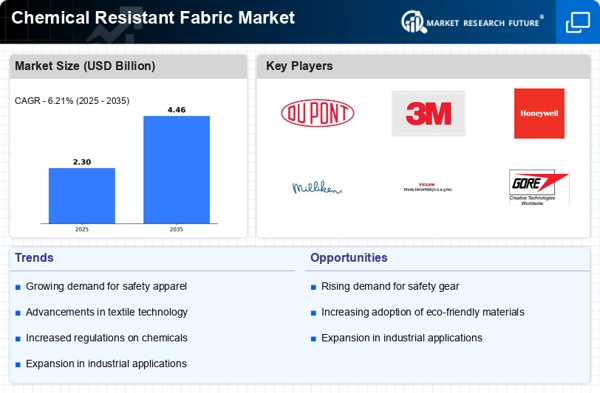
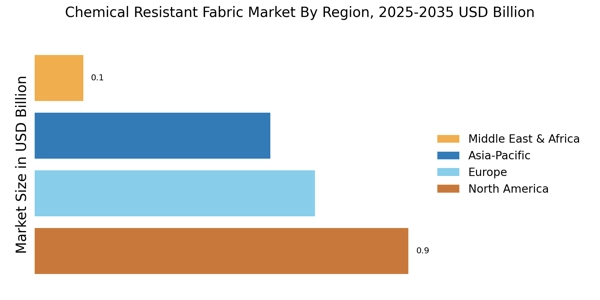



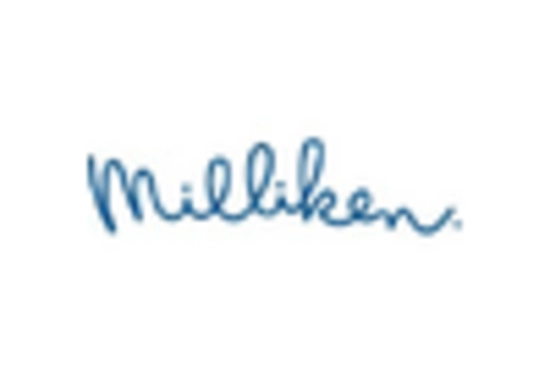
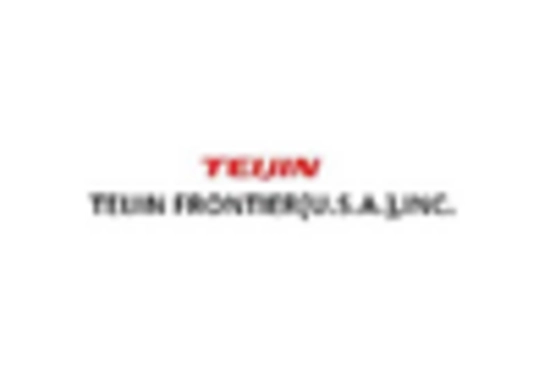
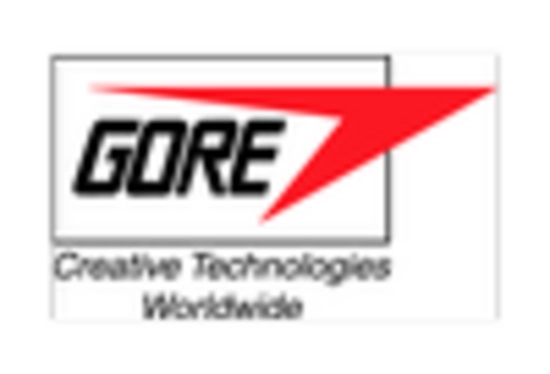








Leave a Comment